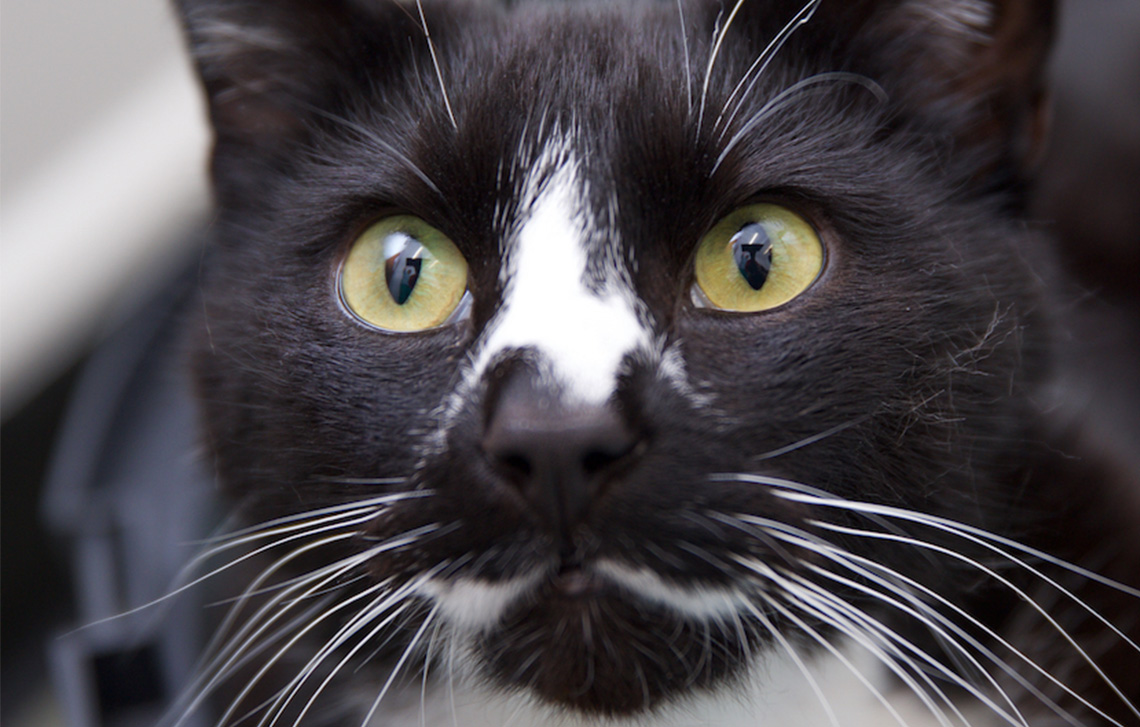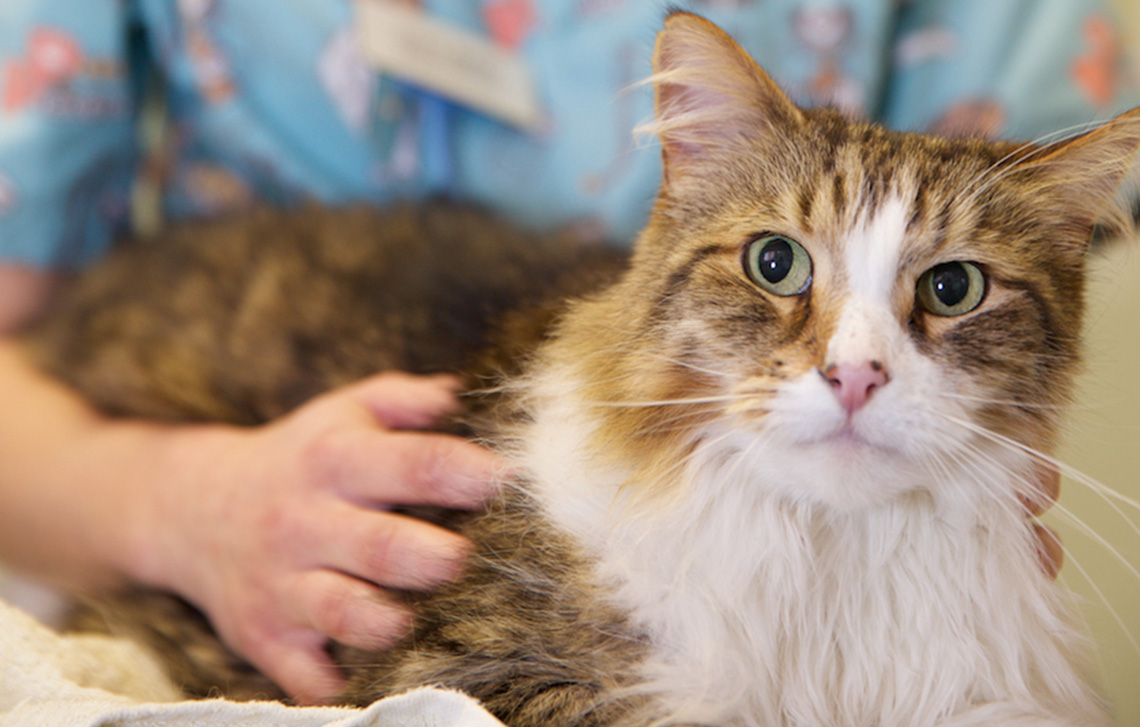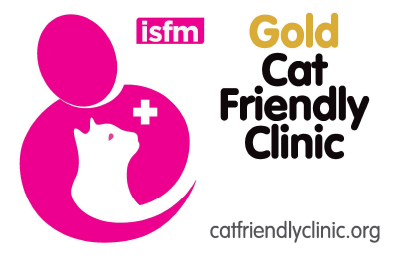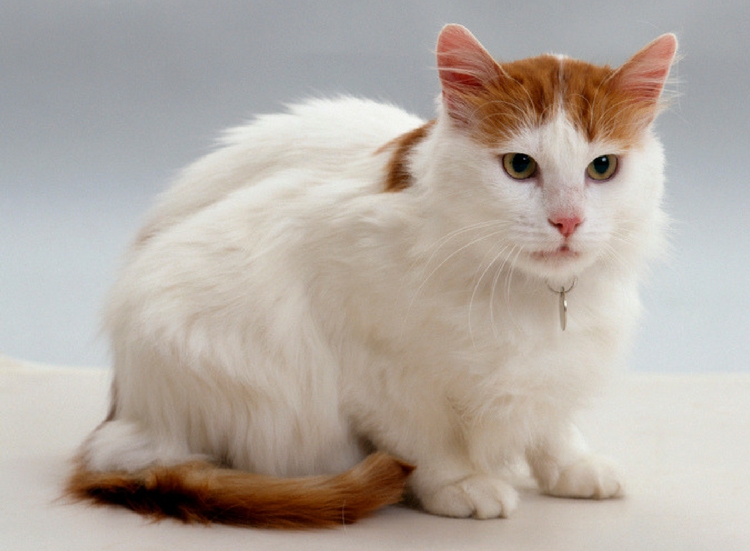
Often described as adventurous and affectionate the Turkish Van is a cat for the owner who likes a challenge. With a love of heights and water, you will never know what to expect next with this lively breed, but when it is time to settle down, they love nothing more than your lap as their… Read more »
Often described as adventurous and affectionate the Turkish Van is a cat for the owner who likes a challenge. With a love of heights and water, you will never know what to expect next with this lively breed, but when it is time to settle down, they love nothing more than your lap as their choice of bed.

Facts
- Temperament: Lively, intelligent and affectionate
- Social/Attention Needs: High
- Average Life Span: 11 – 13 years
- Coat length: Long
- Grooming required: Daily
The Look
This large, muscular, semi longhaired cat breed is known for its distinctive pattern: white with striking markings on the head and tail. The coat is soft and silky, and eyes large and oval. To be classed as a true Turkish Van, they should have white coat covering at least 80% of the body with their alternate colour covering no more than 20%.
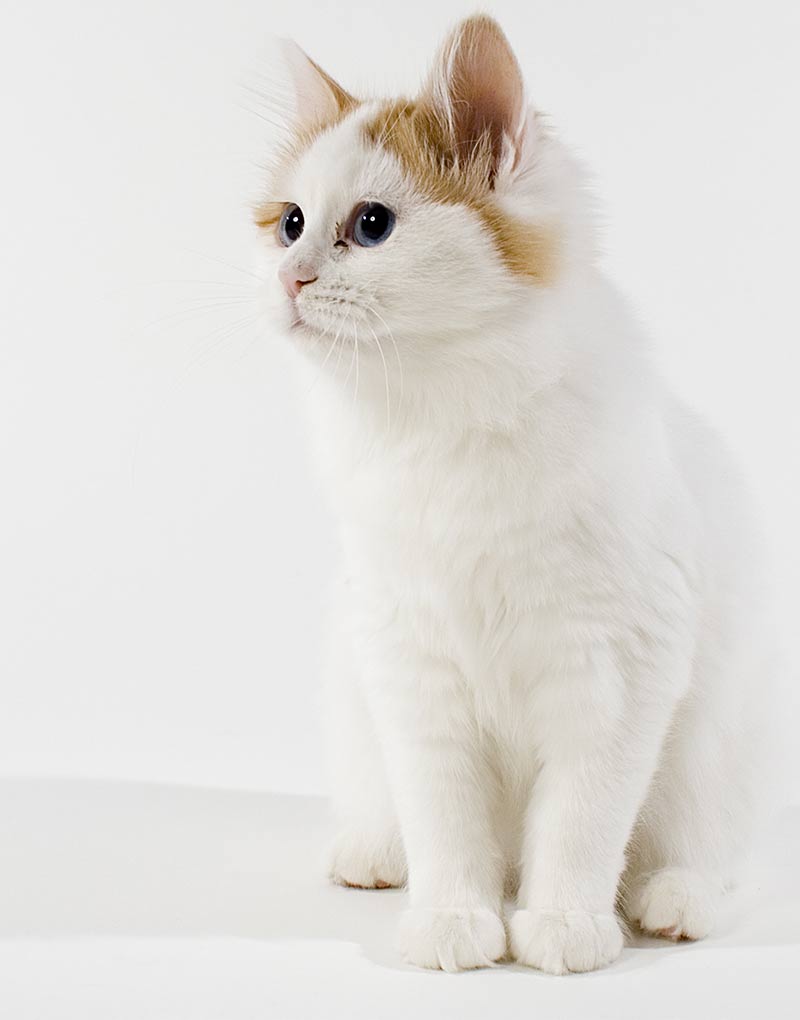
History
The Turkish Van is an ancient breed thought to have originated in the Lake Van area of Turkey. The mountainous and rugged landscape and cold climate of the region no doubt contributed to the development of the Van’s cashmere-like coat and solidly built body, however it was not until as the late as the 1970s that they started to be moved across the world. The International Cat Association recognised the breed in 1985, and the Cat Fanciers Association began registering it in 1988. In Turkey, the cats are considered national treasures, and their preservation is overseen by the Turkish College of Agriculture and the Ankara Zoo.
Health
All have varying incidences of health problems that may be genetic. Problems that may affect the Turkish Van include the following:
- Neonatal Isoerythrolysis
- Glaucoma
Fun fact
In both Jewish and Islamic tradition it says that the Turkish Vans were the recipients of a divine touch that imparted color to their formerly white coat. The Jewish believe on the ark, a door slammed on the cat’s tail, turning it red, and God reached out and touched the cat on the head, leaving a spot where his hand rested. In the Islamic version, Allah touched the cat on the back, and the spot that is sometimes seen on a Turkish Van’s back is known as the thumbprint of Allah.

